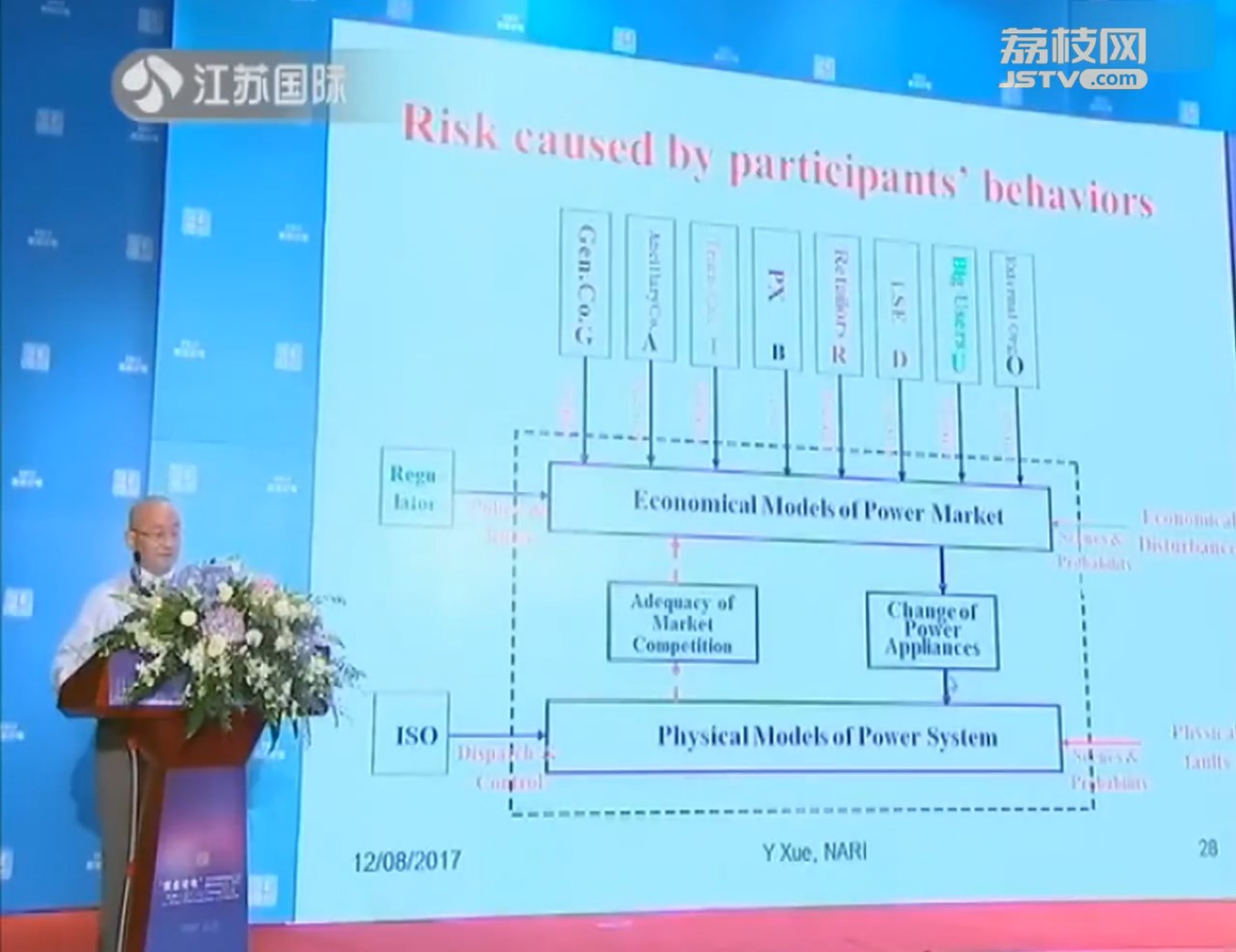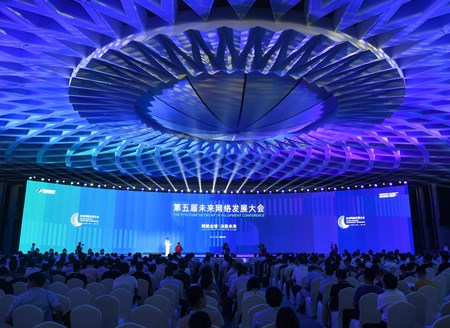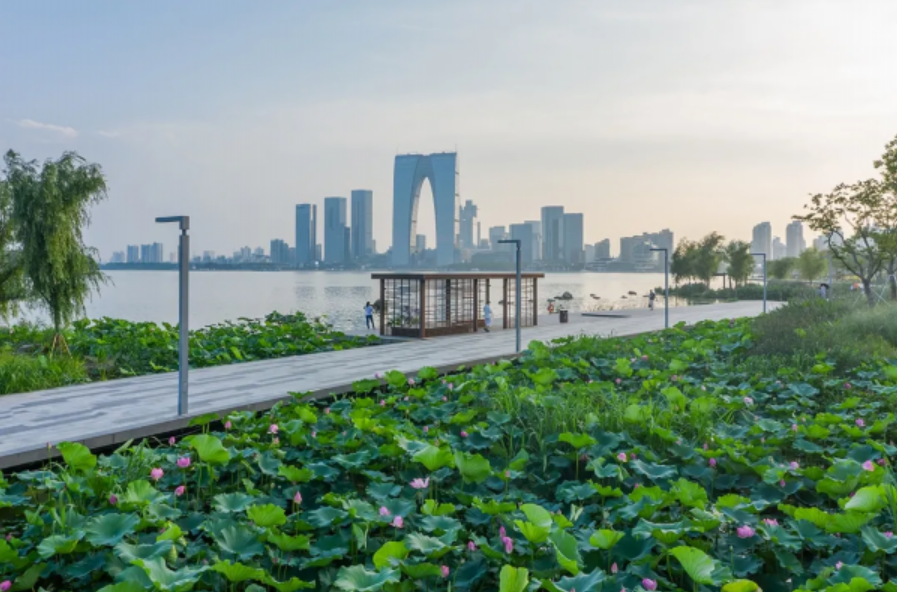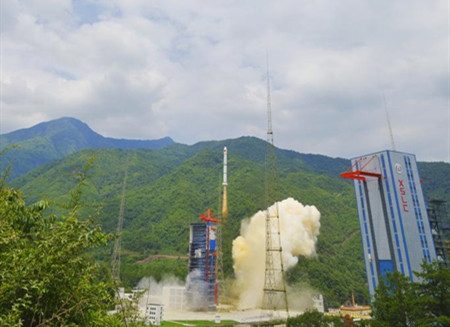Some 400 experts from home and abroad gathered in Nanjing on Friday for an international symposium on smart grid control and operation.
Participants at the Second Zijin Forum on Electric Power noted that smart grids gathered momentum in the USA with the passage of the American Recovery and Reinvestment Act of 2009, which set aside $4.5 billion of funding for Smart Grid development, deployment, and worker training.
In recent years, China has made great progress in the development of the smart grids with the continuous innovation in the extra high voltage technologies.
The country has witnessed one achievement after another in the major breakthroughs of the world’s advanced grid technologies that are backed up by a large number of achievements with independent intellectual property rights.
These achievements and breakthroughs have enabled the country to make a gradual transition from made-in-China to created-in-China and even led-by-China.
In the meantime, the participants reached a consensus on the inevitable trend of the world development featuring clean energies and low carbon transition.
China’s State Grid Corp, one of the world's biggest utility companies, is pushing to build a worldwide, high voltage energy transmission network, which is expected to attract investment of $50 trillion by 2050 through a new unit. This new “Global Energy Internet” would be capable of sharing renewable energy around the world.
The Belt and Road Imitative has offered China a chance to lead global energy reform. China is the world's biggest energy consumer and fastest growing non-fossil fuel market, and many counties involved in the Belt and Road Initiative have lagging energy infrastructures. The key is to connect those dots through high-voltage power transmission.
China spent 65 billion US dollars on high-voltage lines in 2014, to link wind farms in remote areas to its fast-growing coastal cities.
Although the global power grid is capital intensive, China has deep pockets and firm political backing.
Chinese state-owned companies have moved swiftly, building regional grids in Southeast Asia, Central Asia and Russia. The next stop is Africa.






